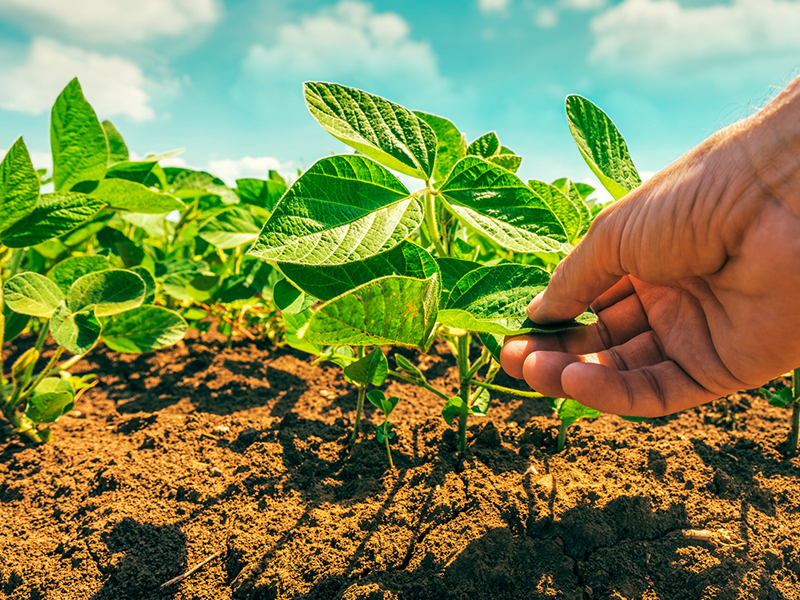Getting to know a country means feeling its spirit, knowing its hidden landscapes and the individuals who have made it what it is. Getting to know a country is similar to getting to know a person who, over time, will become your friend.
Traveling with friends is an unforgettable experience, filled with shared moments and amazing memories. Join the many who have already discovered why Serbia is so irresistible. We hope you come to love our country as much as we do.
The Statistical Office of the Republic of Serbia, in accordance with the Law on the Census of Agriculture 2023 and within the framework of the European Union’s IPA 2018 pre-accession funds projects, prepared, organised and implemented the Census of Agriculture 2023 from 1 October to 15 December 2023.
During this period, 253 municipal coordinators and 2,842 enumerators were engaged in the Census, visiting approximately 740,000 agricultural farms, including family farms as well as farms operated by legal entities and entrepreneurs.
Data was collected through field interviews based on the Directory of Agricultural Farms. Additionally, farms owned by commercial companies and agricultural cooperatives independently entered data into a web questionnaire, which was available until 1 June 2023.
The key characteristics recorded during this Census include identification data of holdings, land area and categories of agricultural land use as well as information on the workforce and livestock numbers.
The significance of the Census of Agriculture 2023 lies in its comprehensive, internationally comparable overview of the structural characteristics of agriculture, providing a foundation for the development of sustainable agricultural policies.
Preliminary results indicate that in 2023 there were 508,365 farms in the Republic of Serbia, 99.6% of which were family farms engaged in agricultural production.
The average agricultural holding cultivates 6.4 hectares, raises one head of cattle, five pigs, three sheep, 43 heads of poultry and keeps approximately three beehives. Compared to 2018, the number of farms has decreased by 10%.
The total cultivated land area amounts to 3,257,100 hectares.
Agricultural land use has declined: meadows and pastures decreased by 28.7%, orchard areas by 9.7% and vineyards by 11.1%. However, homestead land use increased by 51.5%.
The number of all domestic animals has decreased, except for bees, whose numbers rose by 38% compared to 2018. The sharpest decline was in goats (31.5%), followed by pigs (30.7%) and cattle (17.7%).
The Census also revealed that the average age of the head of a family farm is 60, with only one in 11 farm heads younger than 40.
The Šumadija and Western Serbia region recorded the highest number of individuals engaged in agricultural production, including the largest number of women in agriculture – 231,118.
Initial data from the 2023 Census of Agriculture shows that 61.7% of farms are engaged in animal husbandry. The Mačva region raises the most cattle and pigs, Zlatibor leads in sheep and bee-keeping, Pčinja in goat farming and Central Banat in poultry.
The Region of Vojvodina has the largest share of arable land and gardens (55.8%), while Šumadija and Western Serbia dominate in orchard cultivation (54.9%).
The Census results will be published successively throughout 2024 and 2025.

